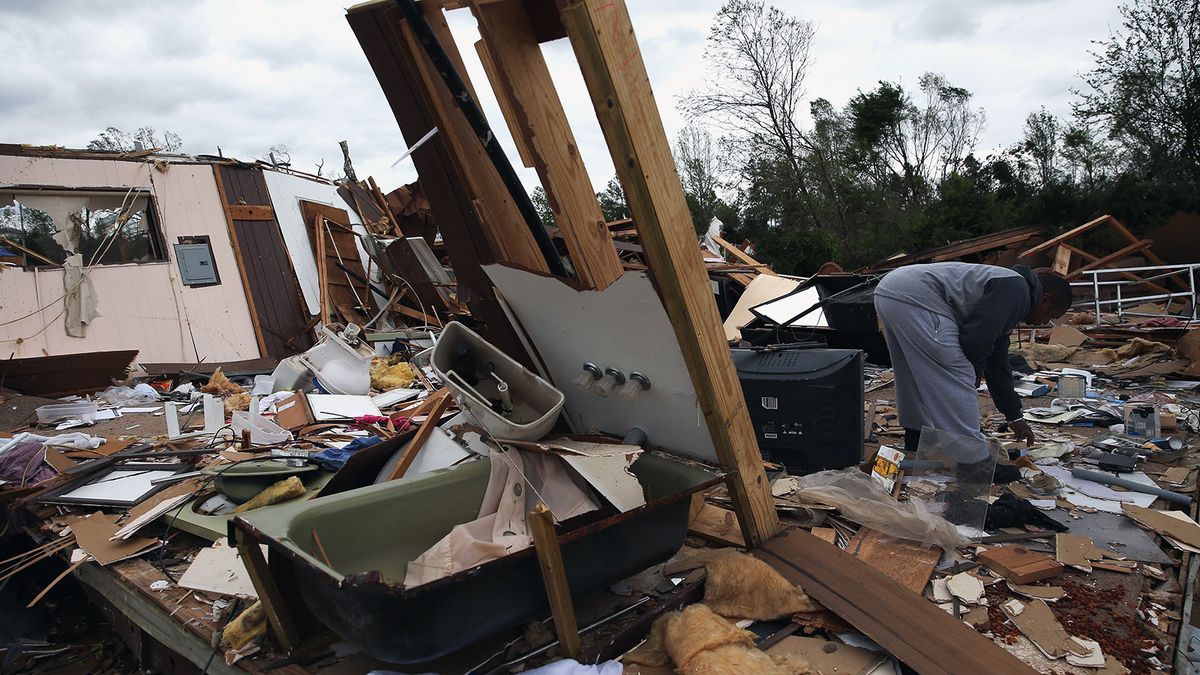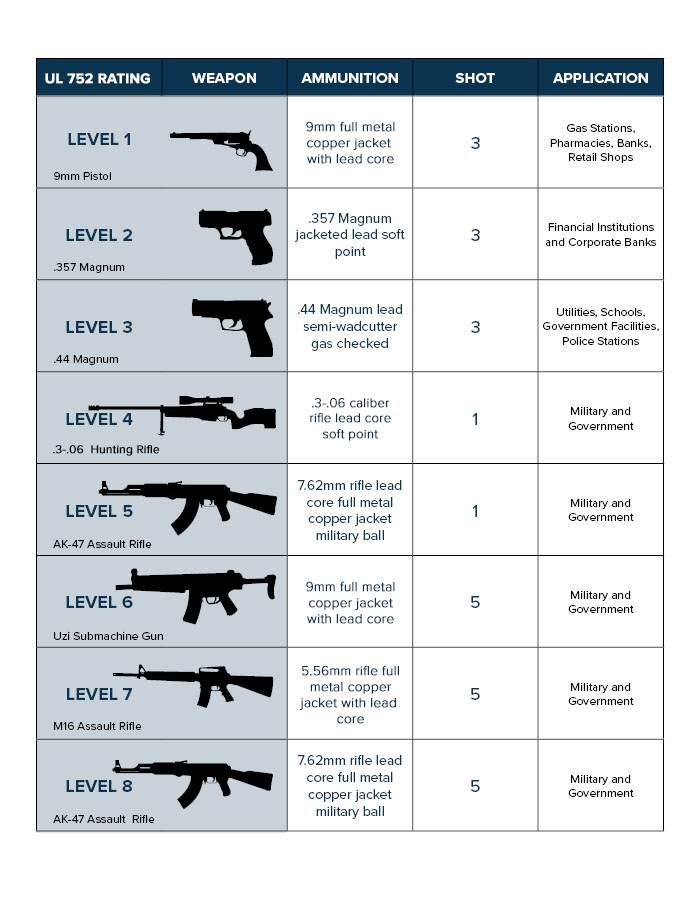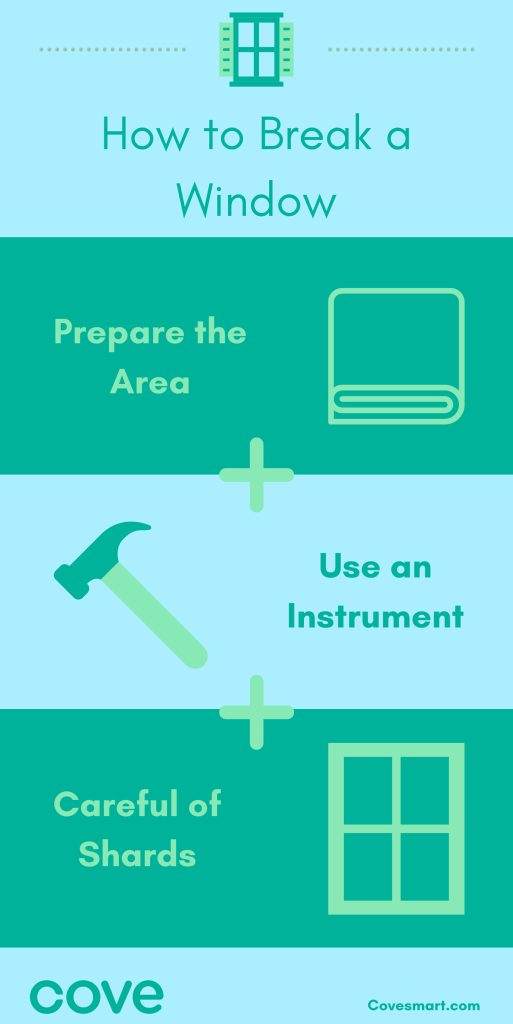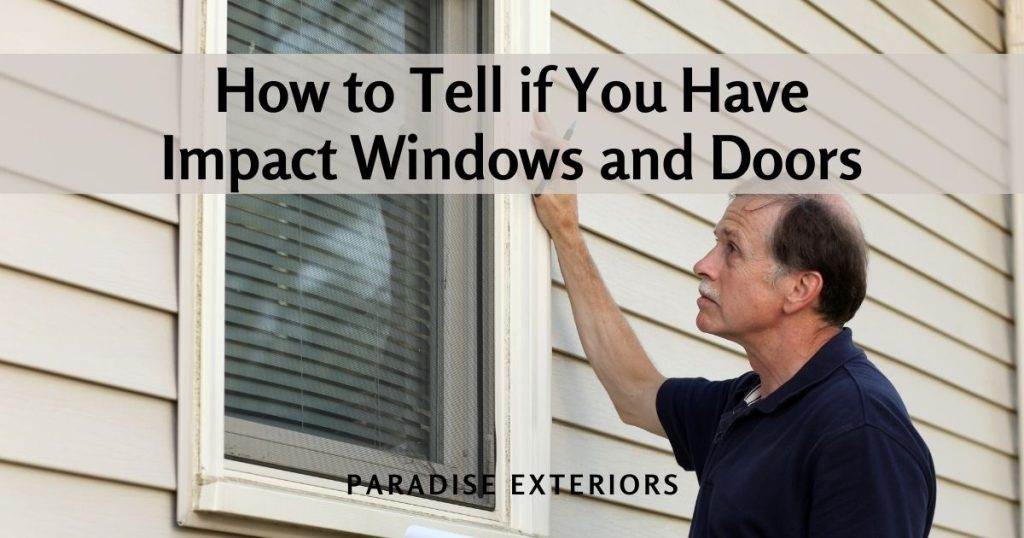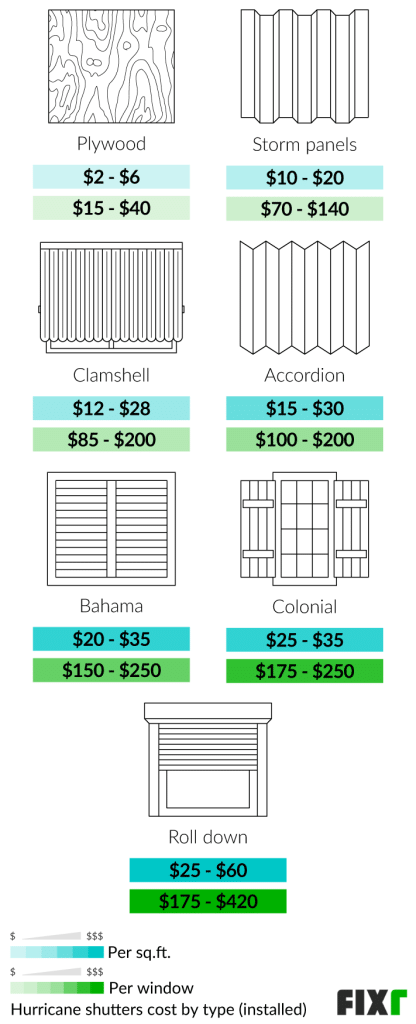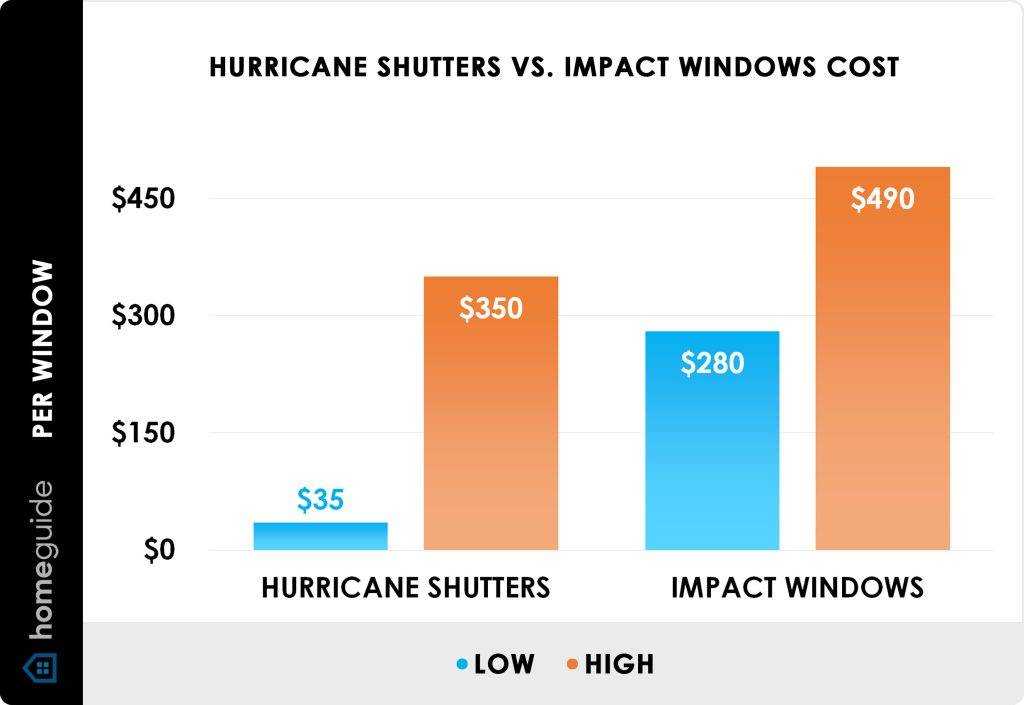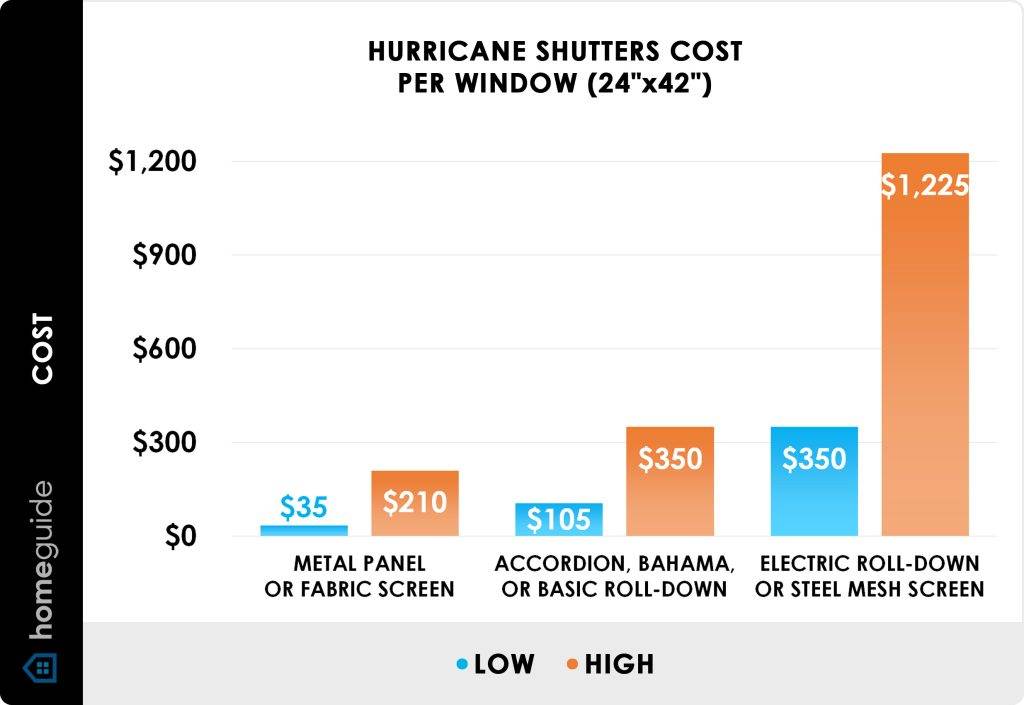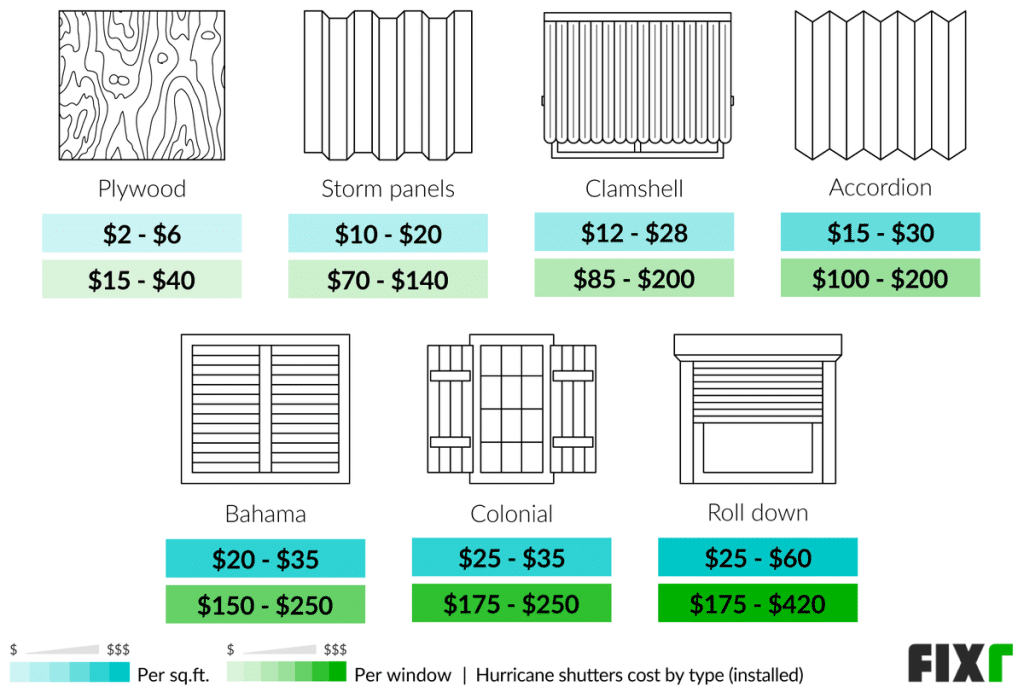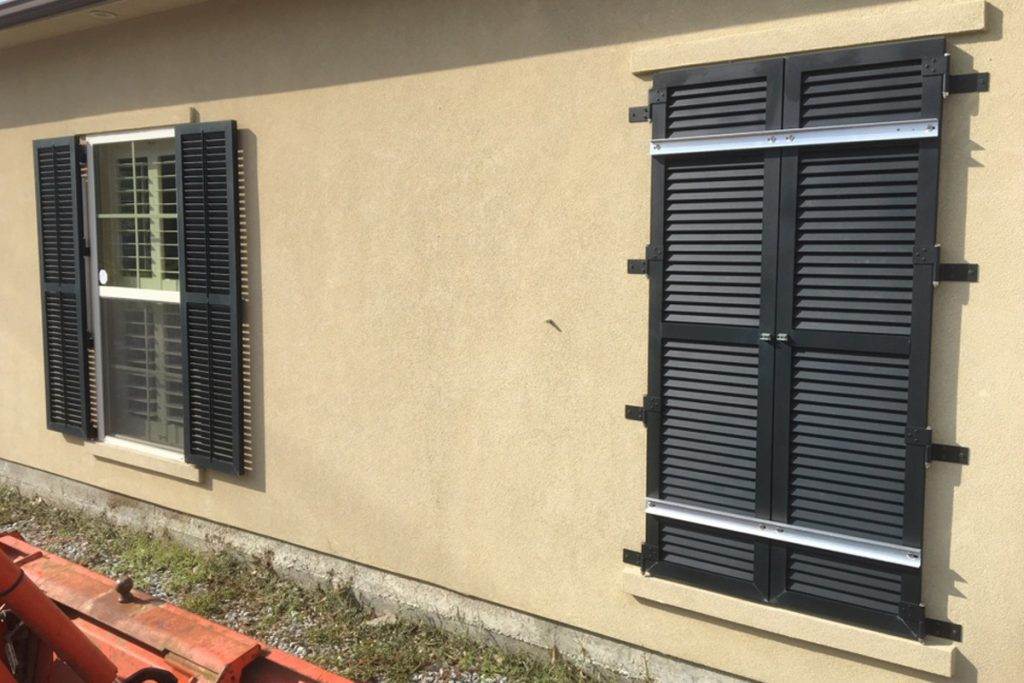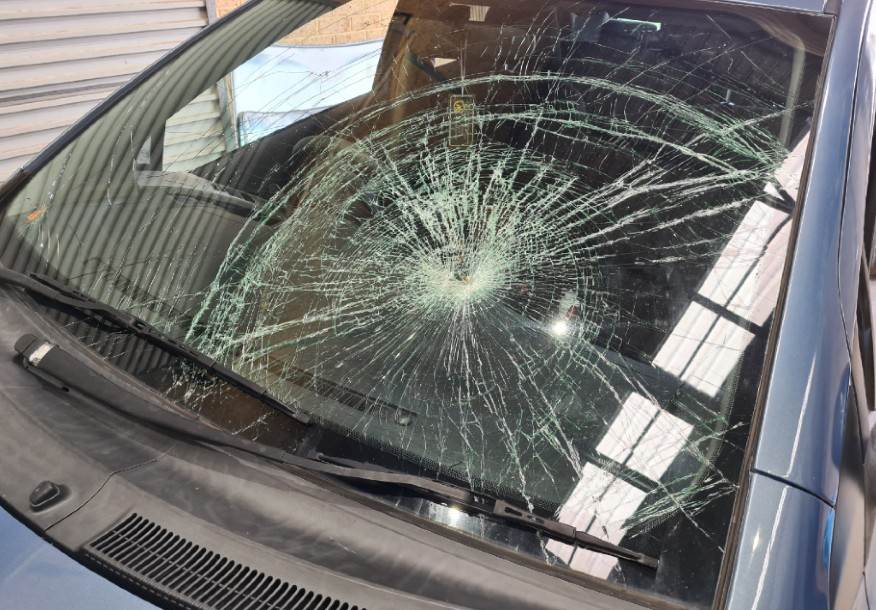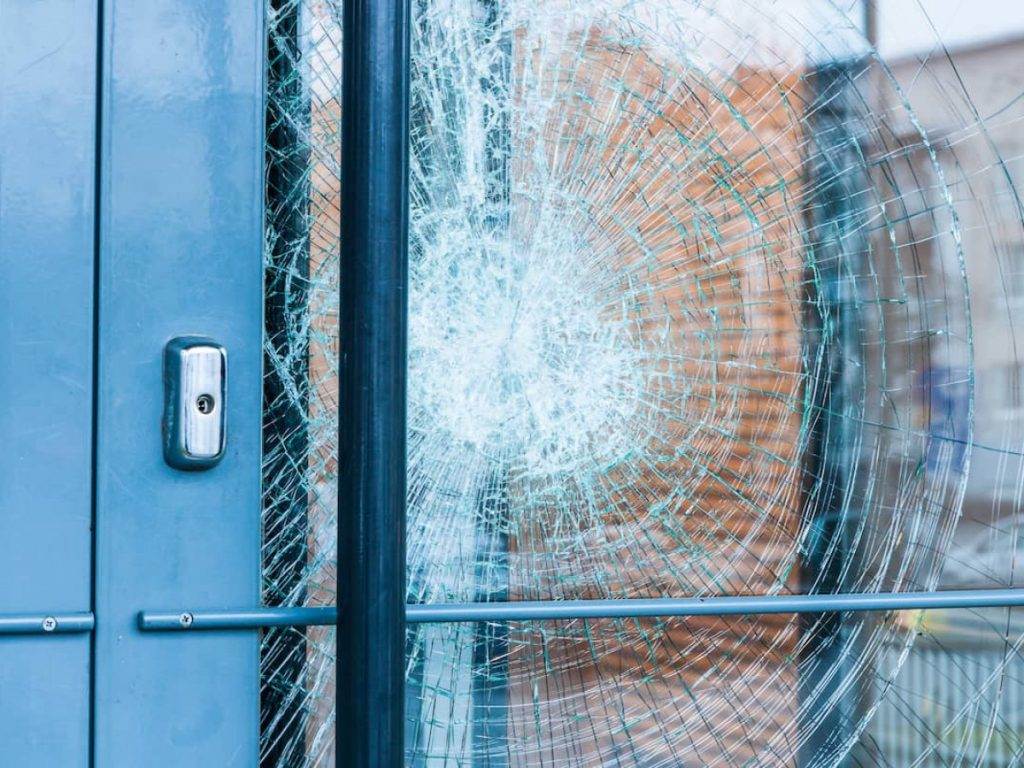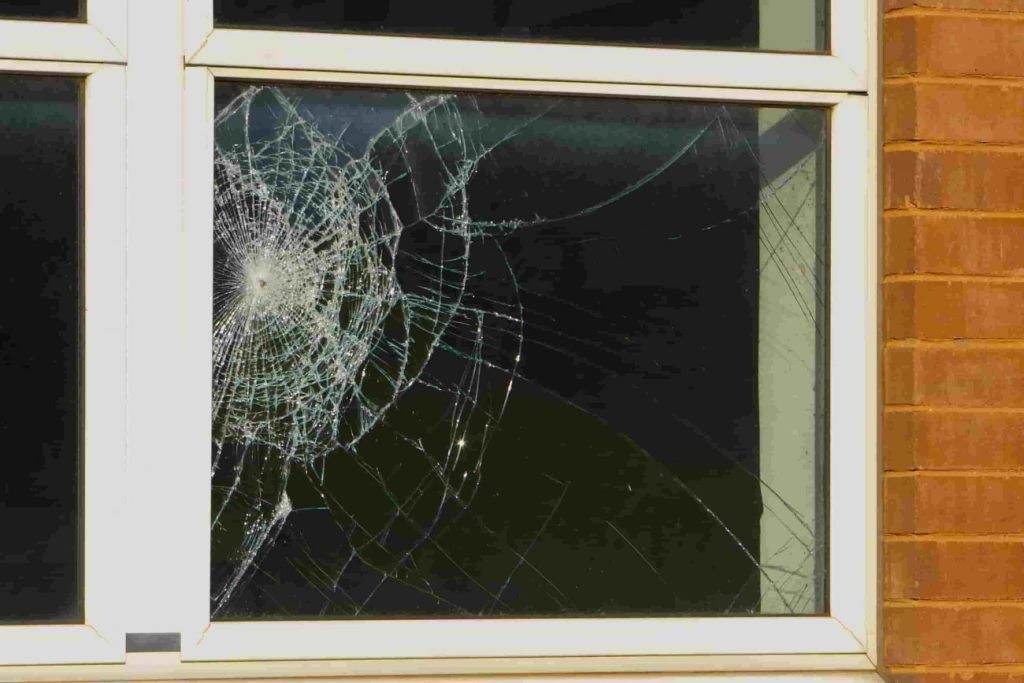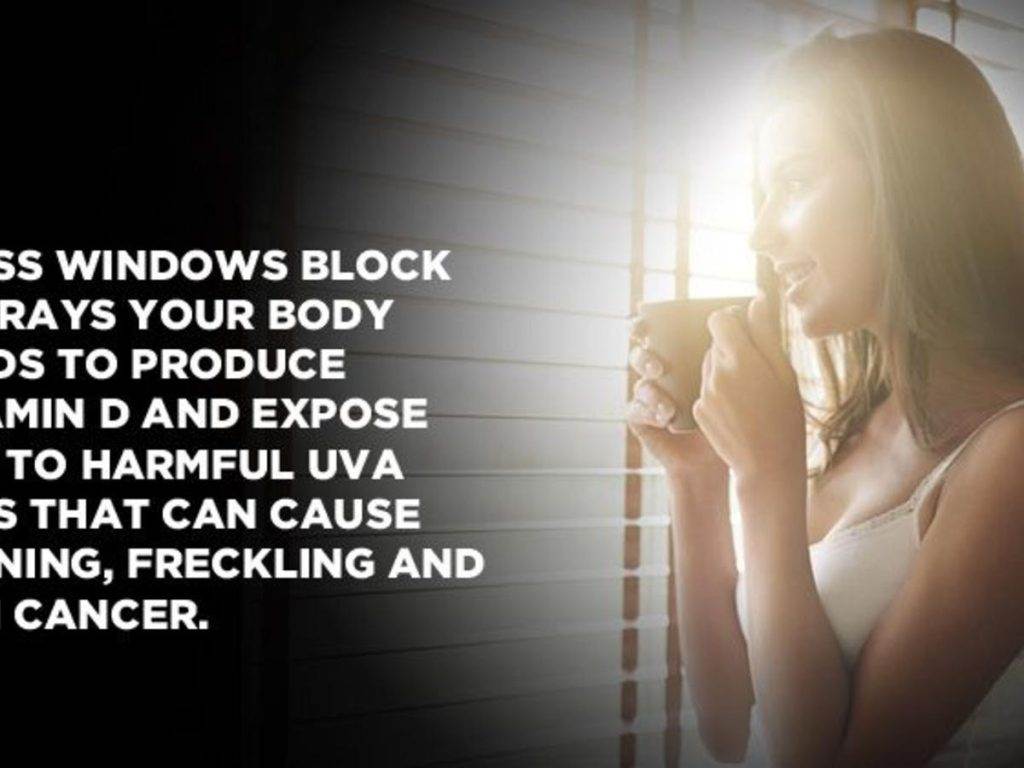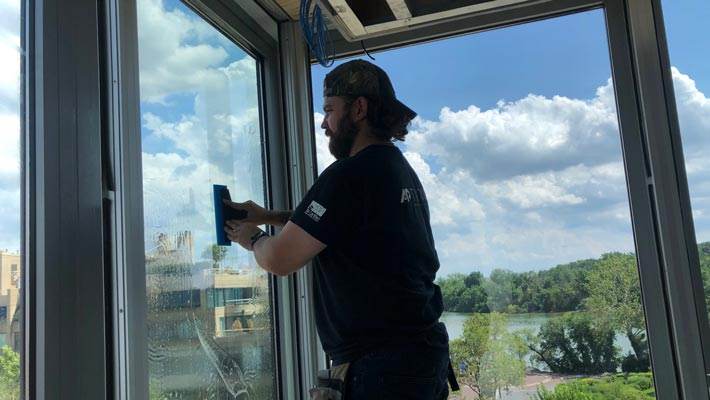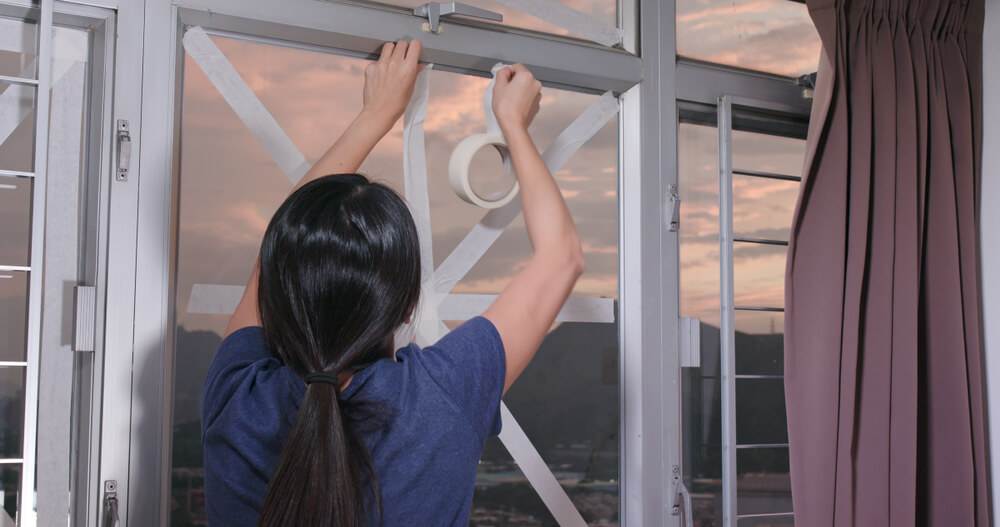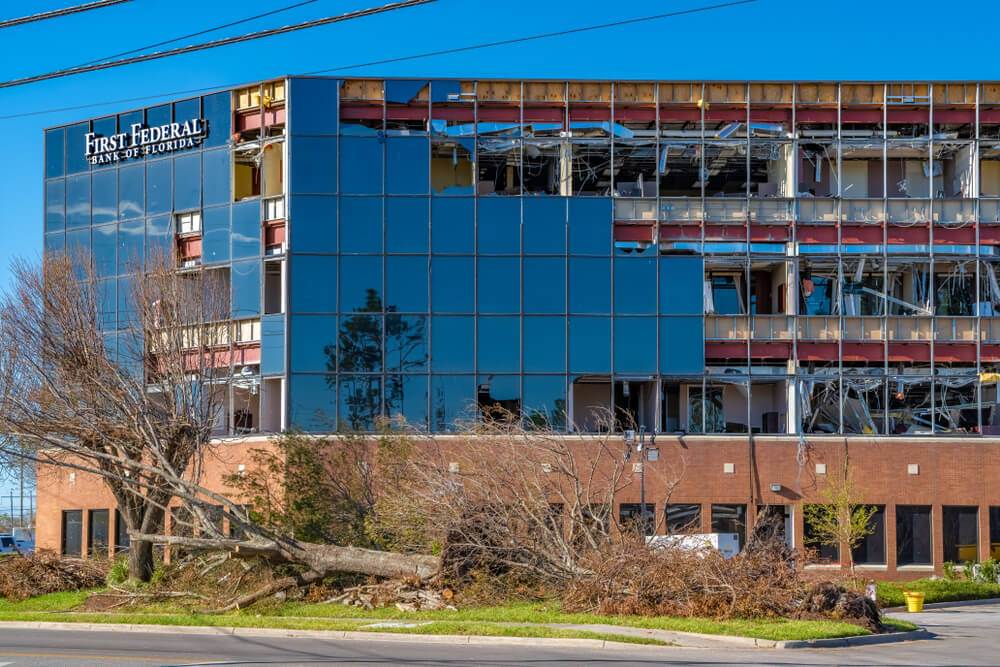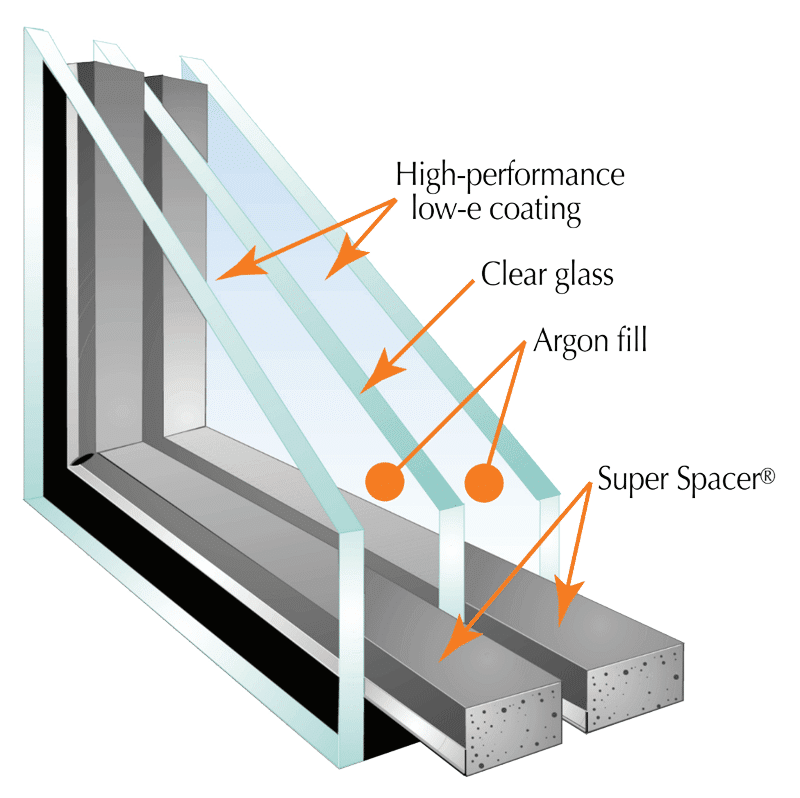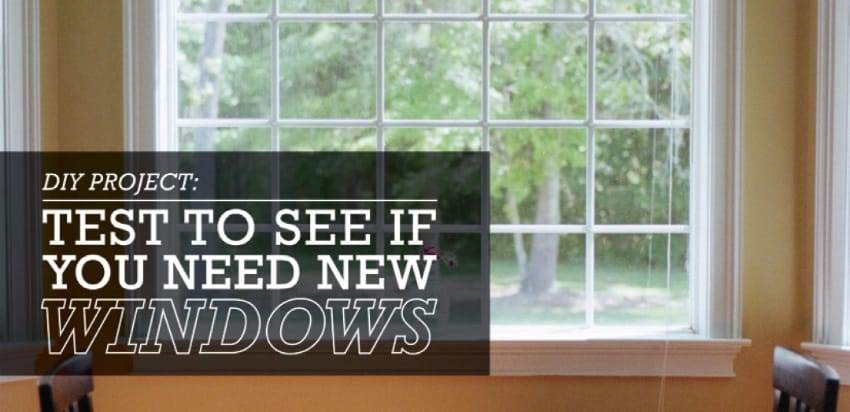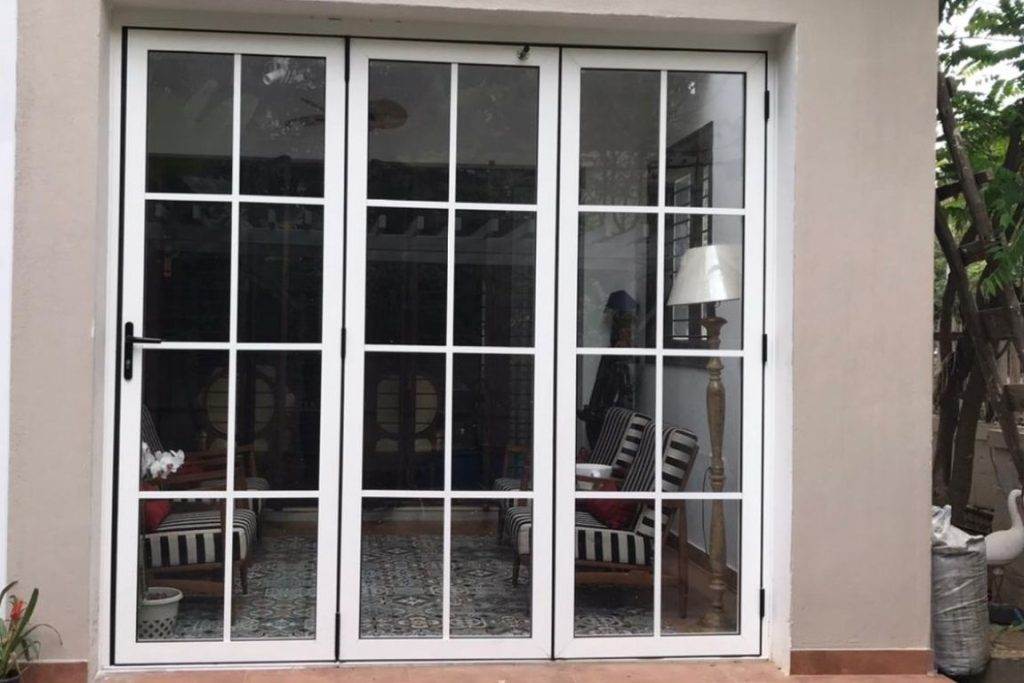So picture this, you’re minding your own business, going about your daily routine, when suddenly you hear the weather report announcing a tornado warning in your area. Panic sets in and you frantically start looking for a safe place to seek shelter. The bathroom seems like a logical option, but what about that window? Is a bathroom with a window safe during a tornado? We’ve all heard the horror stories of windows shattering and roofs being ripped off during these monstrous storms, so it’s only natural to question the safety of a bathroom with a window. Today, we’re going to explore this topic and shed some light on whether or not you should trust that bathroom window to keep you safe in the event of a tornado.
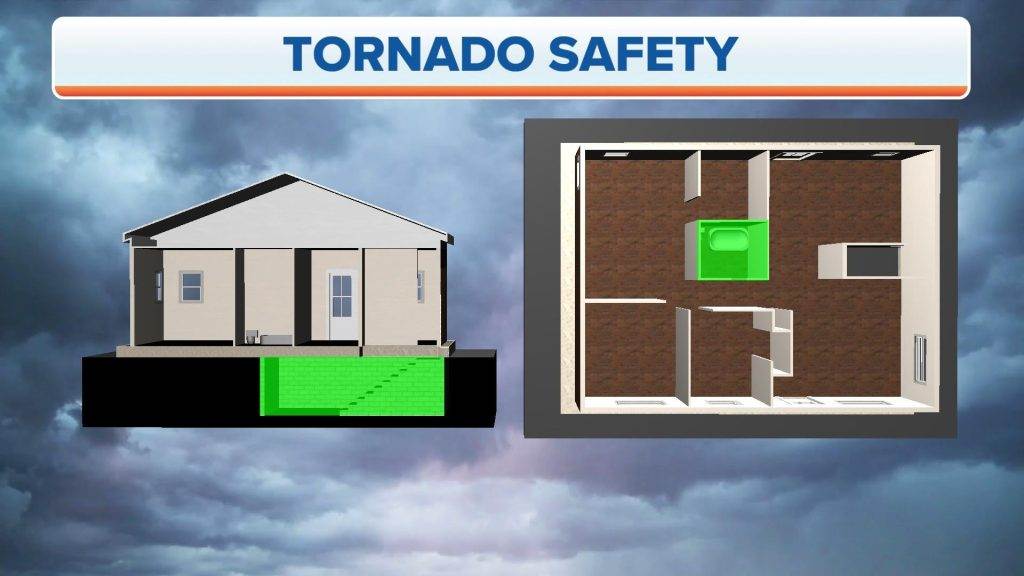
This image is property of static.foxweather.com.
Is a Bathroom with a Window Safe During Tornado?
As we consider the safety of bathrooms with windows during a tornado, there are several important factors to take into account. From the location of the bathroom to the quality of the building materials, each aspect plays a role in determining the level of safety provided by windows in this scenario. Let’s explore these factors in more detail.
Factors to Consider
Location of the Bathroom
The location of the bathroom within the house can greatly impact its safety during a tornado. Bathrooms situated at the center of the house, far away from any exterior walls, generally offer more protection compared to those located near the outer edges. This is because the surrounding walls and structure of the house provide an additional layer of defense against the powerful winds and flying debris that characterizes a tornado.
Proximity to Exterior Walls
If the bathroom is in close proximity to exterior walls, it may be more susceptible to damage during a tornado. This is particularly true for bathrooms located on the ground floor, as the lower floors are often more affected by the strong winds. In such cases, the windows of the bathroom could be more vulnerable to impacts from debris and the high-speed winds associated with tornadoes.
Window Size and Placement
The size and placement of the window in the bathroom also play a crucial role in determining its safety during a tornado. Larger windows provide a larger surface area for debris to strike, increasing the risk of damage. Additionally, windows positioned at higher elevations are generally less likely to be impacted by flying debris compared to windows closer to the ground. The size and elevation of the window should be carefully considered when assessing the safety of a bathroom during a tornado.
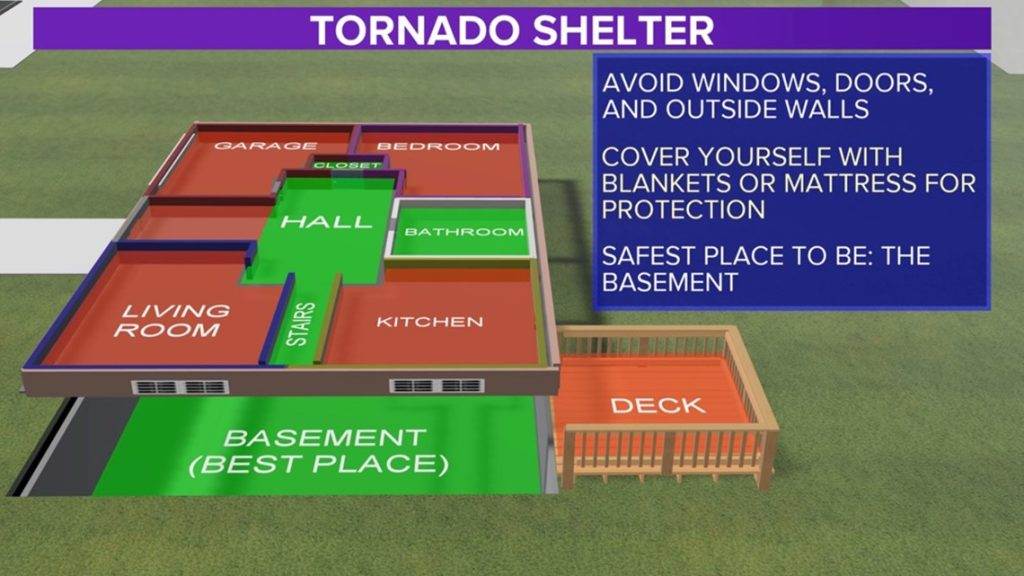
This image is property of media.whas11.com.
The Role of Windows in a Tornado
Potential Risks and Hazards
Windows can introduce several risks and hazards during a tornado. First and foremost, the glass itself can shatter upon impact, potentially causing serious injuries to those inside the bathroom. Additionally, the broken glass can allow for external projectiles, such as debris or airborne objects, to enter the bathroom and jeopardize the safety of individuals seeking refuge.
Impact on Internal Pressure
Another important consideration is the impact of windows on the internal pressure during a tornado. When a window breaks or is compromised, it can lead to a rapid and dangerous increase in internal pressure. This pressure differential can further damage the structure of the building and increase the risk of injury to individuals inside.
Effect on Structural Integrity
Windows, especially large ones, can significantly weaken the structural integrity of the bathroom and the surrounding walls. During a tornado, the powerful winds exert tremendous forces on the structure of the house. If the windows are not properly reinforced or designed to withstand these forces, they can buckle or fail, leading to further damage and potential collapse.
Building Materials and Windows
Quality of Building Materials
The quality of the building materials used in the construction of the bathroom, including the walls and windows, greatly influences its safety during a tornado. Strong, durable materials are essential in providing adequate protection. Sturdy walls made of reinforced concrete or masonry are better equipped to withstand the intense forces exerted by tornadoes. Similarly, high-quality, impact-resistant windows can significantly enhance the safety of the bathroom.
Window Frame and Glass Strength
The strength of the window frame and glass also plays a critical role in determining its resistance to tornado impacts. Windows with stronger frames, such as aluminum or vinyl, are more likely to withstand the forces exerted during a tornado than weaker materials like wood. Additionally, laminated or tempered glass can offer increased resistance to shattering upon impact, minimizing the risk of injury from broken glass.
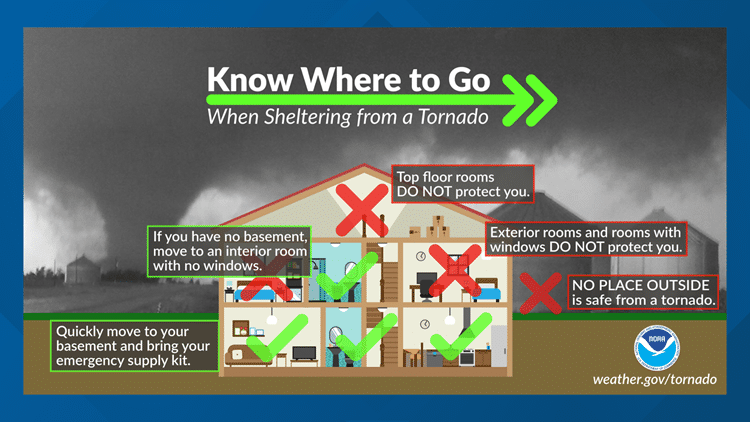
This image is property of media.wbir.com.
Impact Resistance of Windows
Impact-Rated Windows
Impact-rated windows are specifically designed and tested to withstand high-velocity impacts, making them a suitable choice for areas prone to tornadoes. These windows are constructed with reinforced frames and laminated or tempered glass. They undergo rigorous testing to ensure they can withstand various impacts, including those from flying debris during a tornado. Investing in impact-rated windows can significantly enhance the safety of a bathroom during a tornado.
Hurricane Windows
Hurricane windows, similar to impact-rated windows, are designed to withstand strong winds and flying debris. While primarily designed for hurricane-prone regions, they can also provide added protection in tornado-prone areas. These windows are made with reinforced frames and laminated glass, providing an extra layer of defense against the destructive forces of tornadoes.
Safe Rooms and Storm Shelters
In areas with frequent tornado activity, the installation of a safe room or storm shelter can provide the highest level of protection. These specially designed structures are constructed to meet specific building codes and withstand the most intense tornadoes. Safe rooms and storm shelters are typically windowless, ensuring the utmost safety for individuals seeking refuge during severe weather events.
Window Protection Options
Storm Shutters
Storm shutters are an effective window protection option for bathrooms with windows in tornado-prone areas. These shutters are typically made of durable materials and can be quickly deployed to cover the windows during a tornado warning. When properly installed, storm shutters can provide a strong and reliable barrier against debris and extreme wind forces.
Securely Installed Window Film
Window film is another option to consider for enhancing the impact resistance of windows in a bathroom. Applied directly to the glass, the film acts as a protective barrier, holding shattered glass together and reducing the risk of injury. While window film alone may not fully withstand the forces of a tornado, it can provide valuable extra protection when used in conjunction with other mitigation measures.
Plywood or Reinforced Panels
For homeowners on a budget or in urgent situations, plywood or reinforced panels can be utilized as a temporary solution to protect windows in a bathroom during a tornado. When properly installed and secured, these panels can help minimize the risk of glass shattering and provide some level of protection against debris impact. However, it’s essential to note that plywood or reinforced panels alone may not offer the same level of safety as impact-rated or hurricane windows.
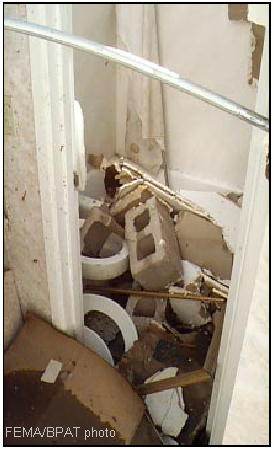
This image is property of www.spc.noaa.gov.
Safe Design Tips for Bathrooms with Windows
Optimal Window Placement
When designing or renovating a bathroom with windows in tornado-prone areas, careful consideration should be given to the placement of the windows. Ideally, windows should be located at elevations higher than the ground level to reduce the risk of debris impact. Placing windows on the wall opposite to the direction of prevailing winds can also minimize the risk of direct impact during a tornado.
Reinforced Window Features
Reinforcing the windows in a bathroom can significantly enhance their resistance to tornado forces. This can include employing impact-resistant frames and glass as well as adding structural enhancements such as metal bars or grilles to provide additional support. Reinforced windows are less likely to fail during a tornado, reducing the potential risks posed to individuals seeking shelter in the bathroom.
Storage and Fixtures Considerations
To optimize safety, it’s important to avoid storing heavy or potentially dangerous items near windows in a bathroom. During a tornado, these objects can become projectiles and cause significant damage if they impact the window. Additionally, choosing fixtures and fittings that are securely mounted to the wall can prevent them from becoming dislodged and potentially causing injuries.
Windowless Bathrooms as an Alternative
Benefits of Windowless Bathrooms
Opting for a windowless bathroom in tornado-prone areas can provide peace of mind and mitigate the risks associated with windows during severe weather events. Windowless bathrooms eliminate the vulnerability of windows to impact and reduce the chances of internal pressure differentials. With no windows present, the integrity of the bathroom’s structure remains uncompromised, providing a safer refuge during a tornado.
Ventilation Solutions
One of the main concerns with windowless bathrooms is ventilation. To ensure adequate airflow, alternative ventilation solutions such as exhaust fans or forced ventilation systems can be installed. These systems help maintain a comfortable environment by removing moisture and odors while also providing some degree of air circulation.
This image is property of media.hswstatic.com.
Pros and Cons of Bathrooms with Windows
Advantages of Bathrooms with Windows
Bathrooms with windows offer several advantages in non-tornado situations. They provide natural light, allowing for a more pleasant and inviting space. Windows also offer a connection to the outside environment, allowing for views and fresh air when weather conditions permit. The presence of windows can enhance the overall aesthetic appeal and functionality of the bathroom.
Potential Disadvantages
The primary disadvantage of having a bathroom with windows in tornado-prone areas is the safety risk they may pose during severe weather events. Windows can shatter, allowing debris to enter the bathroom and potentially cause injuries. Additionally, if the windows are not properly reinforced, they can compromise the structural integrity of the bathroom and increase the risk of collapse.
Preparing for a Tornado in a Bathroom with a Window
When a tornado warning is issued, it’s crucial to have a plan in place to ensure the safety of individuals in a bathroom with a window. Here are some steps to consider:
- Monitor weather alerts and have a reliable source of information readily available.
- Designate a safe area within the bathroom away from windows, preferably in the center of the room.
- Close all doors and windows in the house, including the bathroom window, if time permits.
- If available, deploy storm shutters or securely cover the bathroom window with plywood or reinforced panels.
- Avoid using the bathroom fixtures or any other objects that could become potential projectiles during the tornado.
- Stay away from the window and seek additional protection by covering yourself with a mattress or heavy blankets.
- Listen to local authorities and follow their instructions until the tornado warning has passed.
Conclusion
While the safety of a bathroom with a window during a tornado depends on various factors, it is possible to mitigate the risks associated with windows. Strategic window placement, reinforced construction materials, and the use of impact-resistant windows or protective measures like storm shutters are key considerations. Windowless bathrooms also offer a safe alternative, eliminating potential vulnerabilities. Ultimately, it’s essential to evaluate the specific circumstances and prioritize the safety of individuals when determining the suitability of a bathroom with a window in tornado-prone areas.

